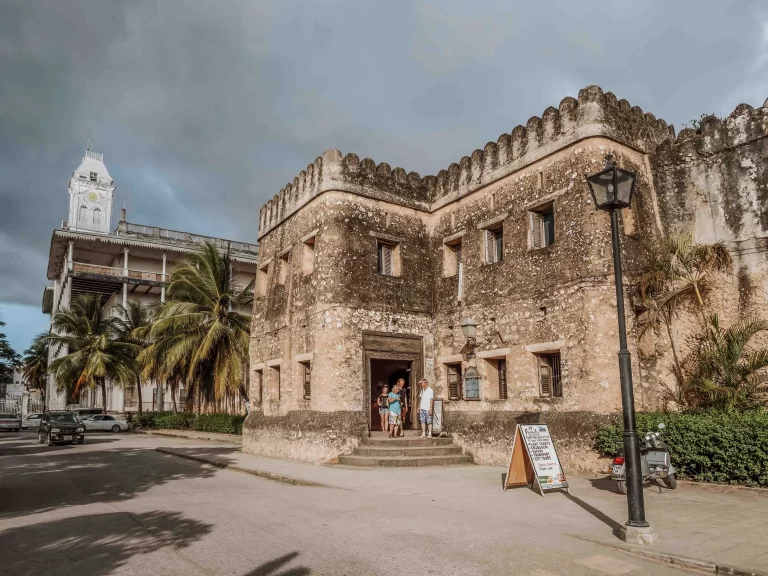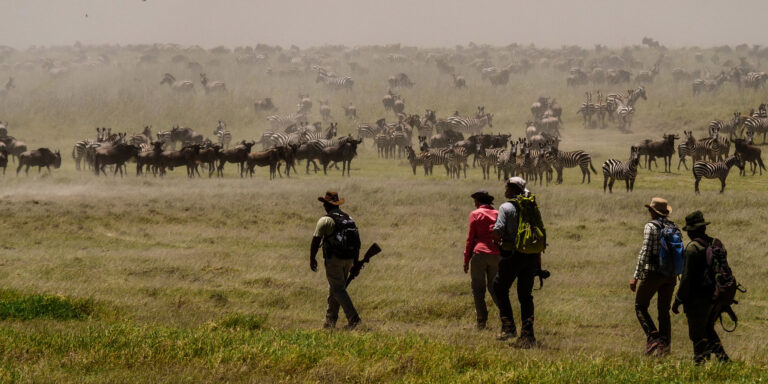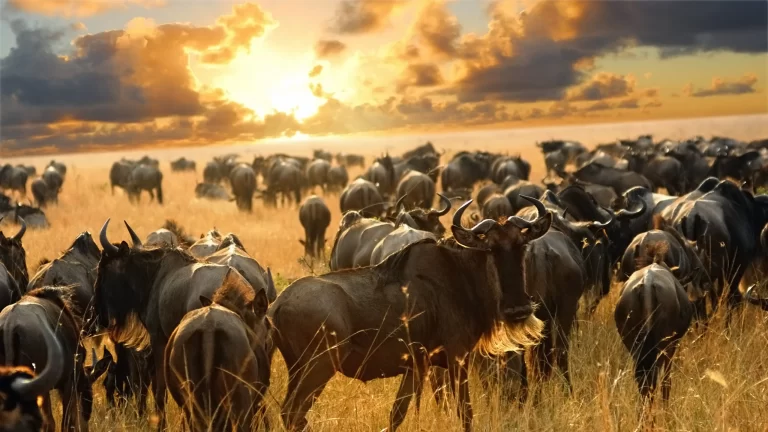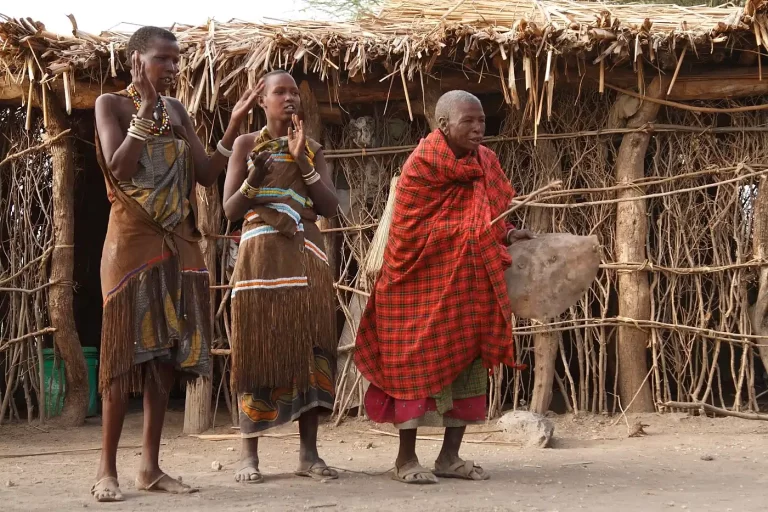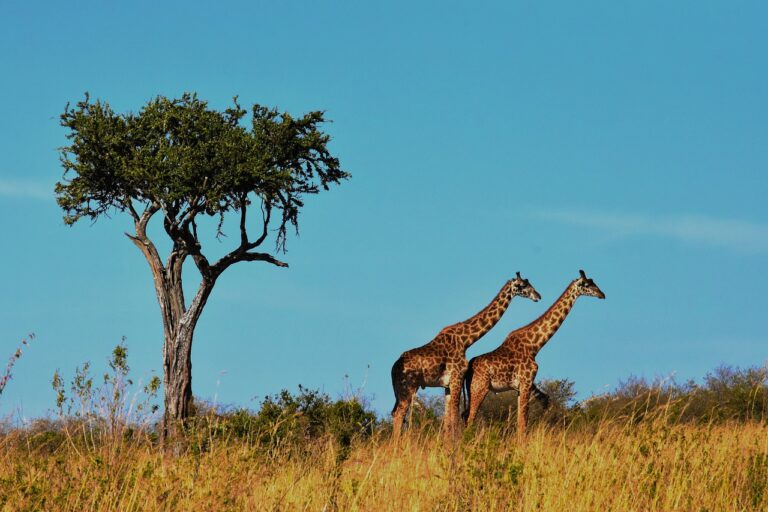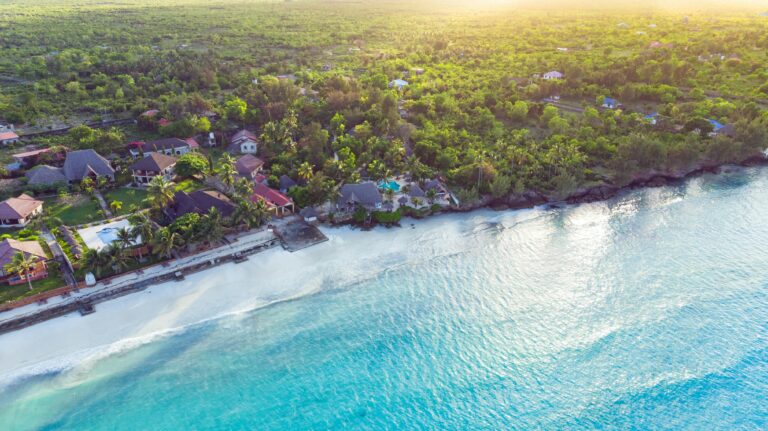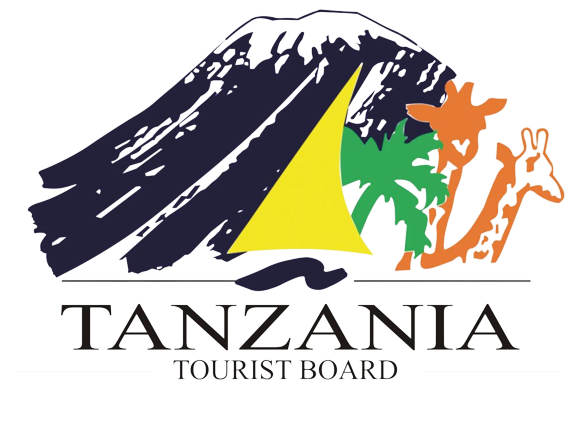Discover Kilimanjaro National Park: Gateway to Africa’s Highest Peak
Introduction to Kilimanjaro National Park
Kilimanjaro National Park, located in northeastern Tanzania, is home to Mount Kilimanjaro, Africa’s tallest mountain and one of the world’s most iconic peaks. Standing at 5,895 meters (19,341 feet), Kilimanjaro is a UNESCO World Heritage Site and attracts adventurers from around the globe. Known for its breathtaking landscapes, diverse ecosystems, and challenging trekking routes, Kilimanjaro National Park offers an unforgettable experience for hikers, nature lovers, and thrill-seekers alike.
Mount Kilimanjaro: Africa’s Tallest Mountain
Rising majestically from the plains, Mount Kilimanjaro consists of three volcanic cones: Kibo, Mawenzi, and Shira. The highest point, Uhuru Peak on Kibo, is the ultimate goal for many trekkers. Kilimanjaro’s snow-capped summit, vast glaciers, and panoramic views make it one of the most photographed and sought-after destinations in Africa.
The Unique Ecosystem of Kilimanjaro
Kilimanjaro is known for its distinct ecological zones, ranging from lush rainforests at the base to alpine deserts and icy glaciers near the summit. As trekkers ascend, they pass through five unique climate zones, each offering different flora, fauna, and landscapes.
Trekking Routes to the Summit
Kilimanjaro offers several trekking routes, each with its own challenges, scenery, and experiences. Choosing the right route is key to a successful climb, and each offers unique views of the mountain and surrounding landscapes.
Popular Routes to Climb Kilimanjaro
- Marangu Route – Known as the “Coca-Cola Route,” this is the only route with hut accommodations. It’s one of the shortest routes but has a steeper ascent, making it challenging for acclimatization.
- Machame Route – Also called the “Whiskey Route,” Machame is one of the most scenic routes, providing varied landscapes and a gradual ascent, which aids acclimatization.
- Lemosho Route – Offering stunning views and a high success rate, the Lemosho Route is popular for those who want a more extended climb and a gradual ascent for acclimatization.
- Rongai Route – Approaching from the north, this route is less crowded and offers a unique perspective of the mountain, ideal for climbers seeking solitude.
- Umbwe Route – Known as the most challenging route, Umbwe is a direct and steep path to the summit, recommended only for experienced climbers.
Wildlife in Kilimanjaro National Park
While Kilimanjaro is primarily known for its trekking, it also supports a surprising variety of wildlife, especially in the lower rainforest zones. Wildlife sightings are more common at the base, where the rich biodiversity includes primates, antelope, and numerous bird species.
Notable Wildlife in Kilimanjaro
- Blue Monkeys and Colobus Monkeys – Often seen in the rainforest zone, these primates are a delight for visitors on lower treks.
- Elephants and Buffalo – Though sightings are rare, elephants and buffalo roam the lower slopes, especially in remote areas.
- Bird Species – With over 180 bird species, including hornbills and African fish eagles, Kilimanjaro is a great destination for bird watchers.
- Smaller Mammals – Various antelope, bushbucks, and duikers inhabit the park’s forested areas.
Best Time to Visit Kilimanjaro National Park
The best time to climb Mount Kilimanjaro is during the dry seasons, which run from January to mid-March and June to October. These periods offer more stable weather and clearer skies, which are ideal for trekking. While climbing is possible year-round, the rainy seasons (April-May and November) bring heavy rains that can make trekking challenging.
Activities and Experiences in Kilimanjaro National Park
While trekking to the summit is the main attraction, Kilimanjaro National Park offers other activities that allow visitors to enjoy the park’s diverse landscapes and wildlife.
Top Activities in Kilimanjaro National Park
- Guided Treks – Join experienced guides on a trek to the summit, with options for various routes and difficulty levels.
- Day Hikes – For those not interested in reaching the summit, day hikes offer a chance to explore the lower slopes and rainforests of Kilimanjaro.
- Wildlife Viewing – Explore the lower forested areas where wildlife, including monkeys and various bird species, can be spotted.
- Bird Watching – Kilimanjaro’s diverse birdlife makes it an excellent location for bird watchers, especially in the rainforest zone.
Conservation Efforts in Kilimanjaro National Park
Kilimanjaro National Park faces environmental challenges, including climate change and deforestation, which affect its glaciers and ecosystems. Conservation efforts focus on preserving the park’s natural beauty and biodiversity. Collaborations with local communities and sustainable tourism initiatives are critical in protecting Kilimanjaro’s unique environment for future generations.
Getting to Kilimanjaro National Park
Kilimanjaro National Park is easily accessible from Kilimanjaro International Airport (JRO), which serves both international and domestic flights. The park is a short drive from the airport, making it a convenient destination for travelers. Many visitors also choose to stay in nearby towns such as Moshi or Arusha, which offer a range of accommodations and services for climbers.
Accommodation Options near Kilimanjaro National Park
While there are no accommodations within the park, there are numerous options in nearby towns. From luxury lodges to budget-friendly hostels, there is something for every traveler.
Where to Stay near Kilimanjaro National Park
- Luxury Lodges – These lodges offer premium comfort, spectacular views of Kilimanjaro, and top-notch services.
- Mid-Range Hotels – For those seeking comfort and convenience, mid-range hotels provide a relaxing stay close to the park.
- Budget Hostels and Campsites – Ideal for budget-conscious travelers, these options allow visitors to experience Kilimanjaro affordably.
Travel Tips for Kilimanjaro National Park
Here are some helpful tips for planning your adventure to Kilimanjaro National Park:
- Choose the Right Route – Research the different routes to find one that matches your fitness level and trekking experience.
- Plan for Altitude Acclimatization – To increase your chances of reaching the summit, plan for acclimatization days to adjust to the high altitude.
- Pack Essential Gear – Bring warm clothing, sturdy hiking boots, and all necessary trekking equipment, as temperatures can drop significantly near the summit.
- Respect the Environment – Follow park guidelines, avoid littering, and practice responsible trekking to help conserve Kilimanjaro’s natural beauty.
Kilimanjaro National Park is a breathtaking destination that offers one of the most unique and rewarding experiences in Africa. Whether you’re climbing to the summit or exploring the lower slopes, Kilimanjaro promises an adventure like no other, filled with incredible landscapes, diverse wildlife, and the thrill of standing on Africa’s highest peak.


